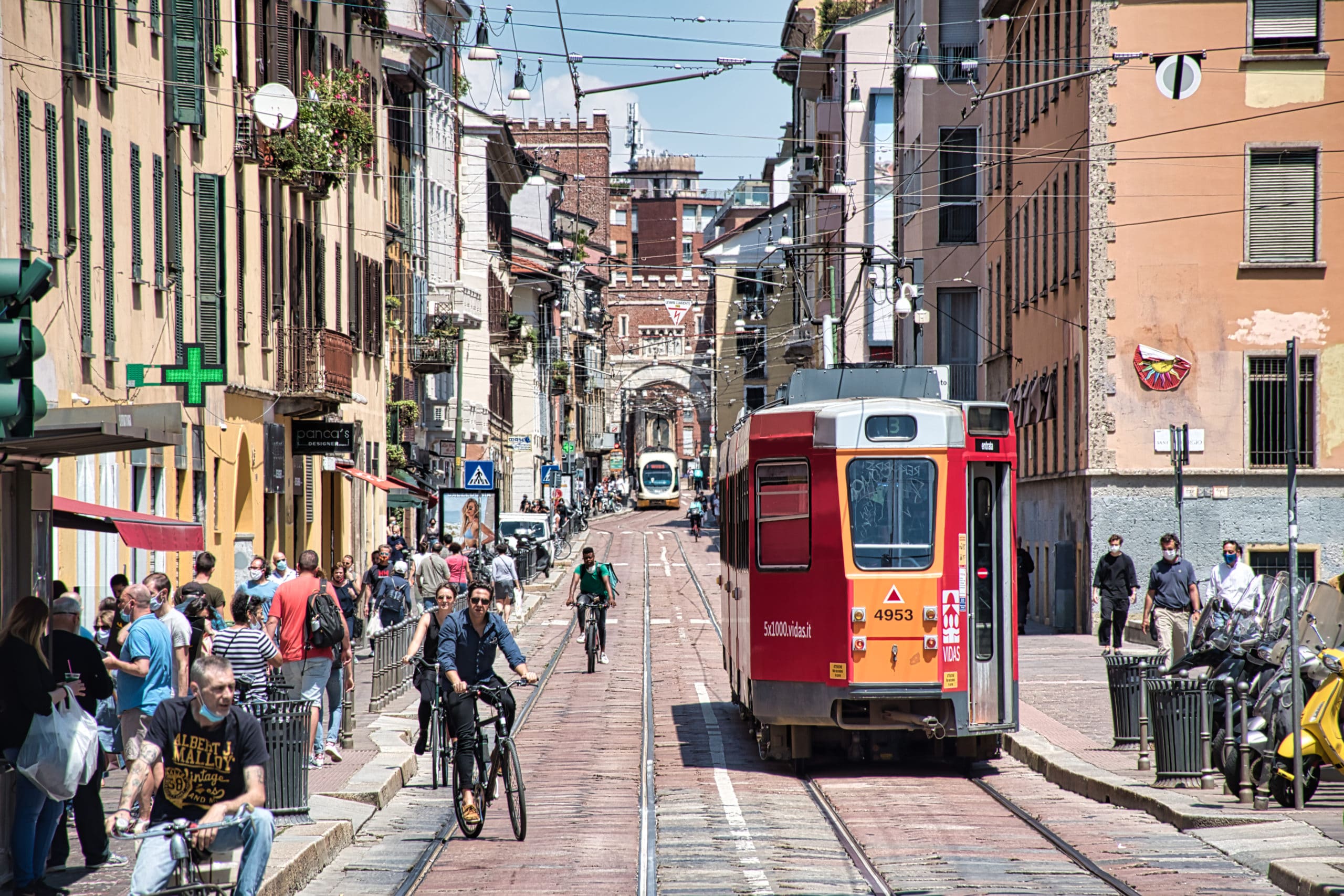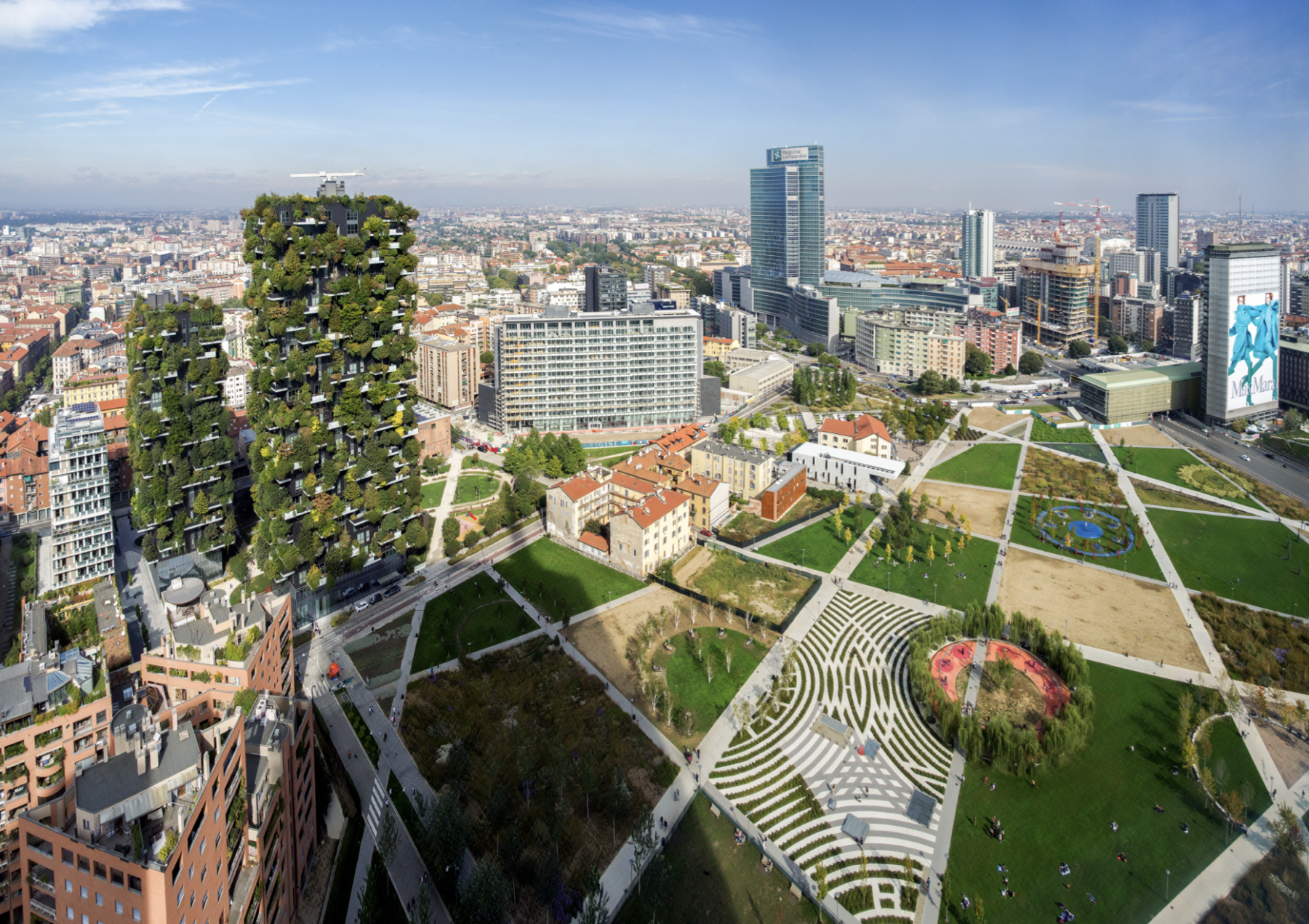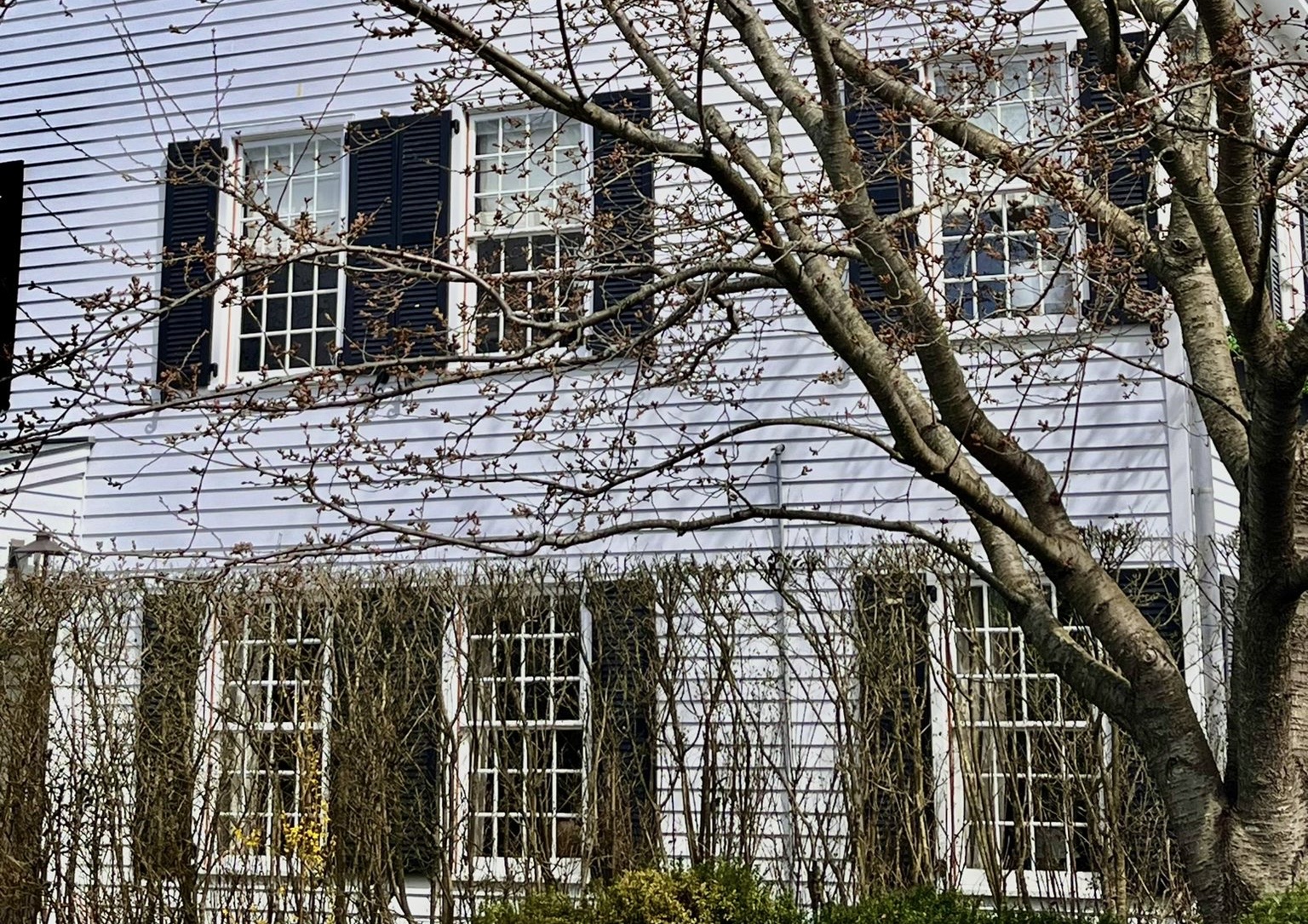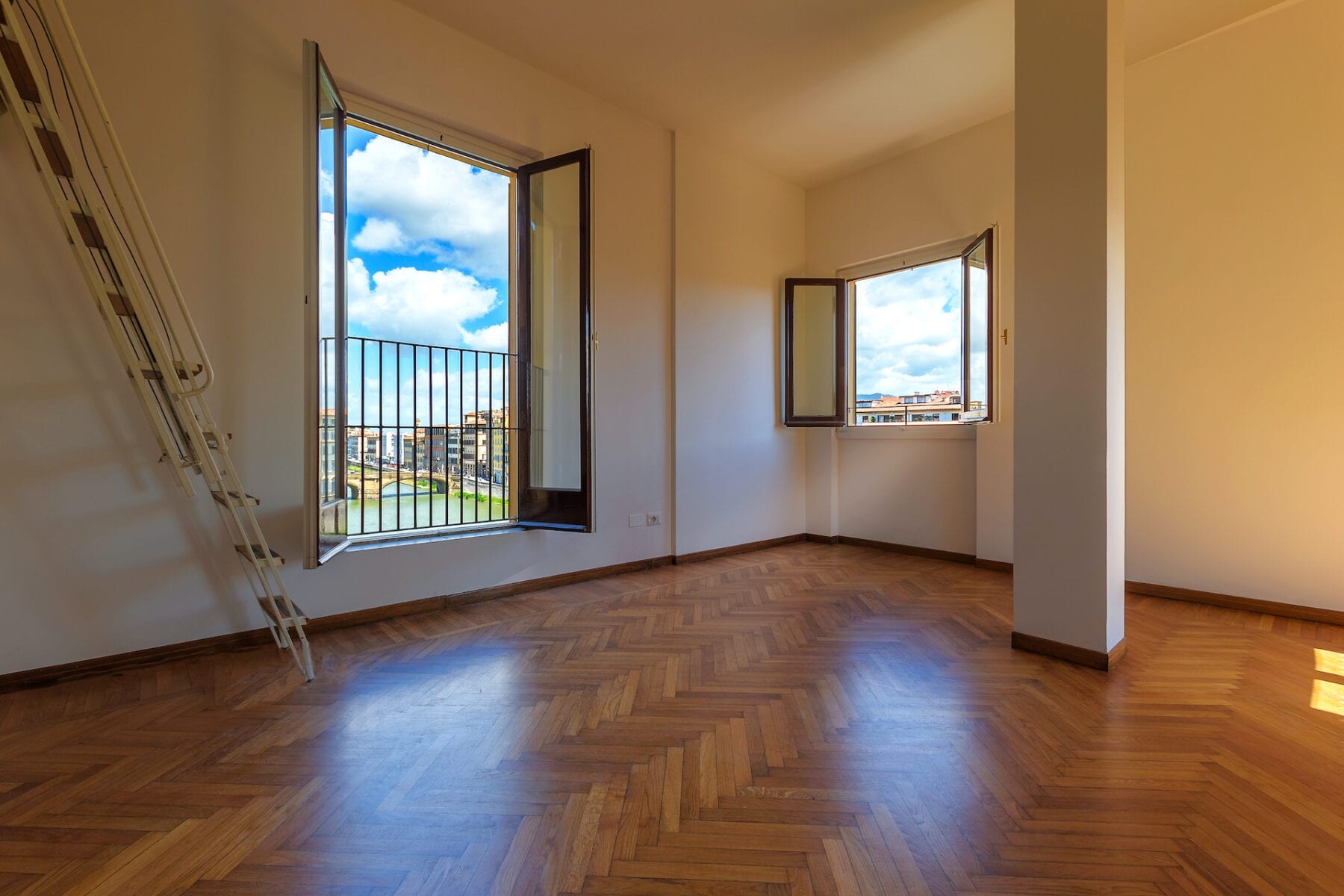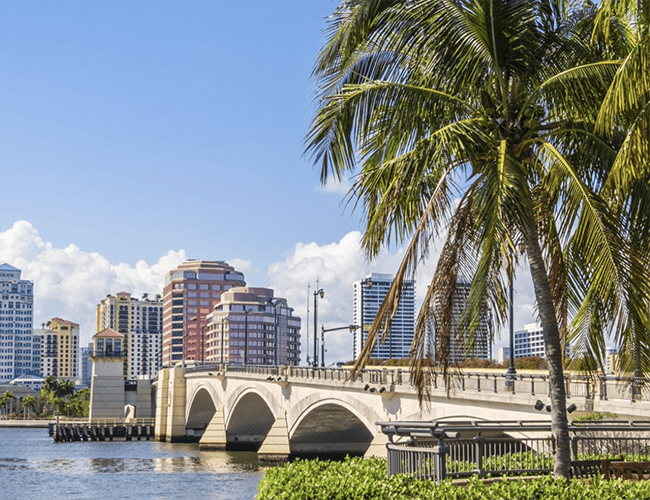Fifth Avenue Reclaims Its Crown As The Ultimate Billionaire Playground
It was immortalized by Audrey Hepburn gazing wistfully into Tiffany's windows in the 1961 classic Breakfast at Tiffany's. Now, Fifth Avenue between the Plaza Hotel and Central Park has firmly…

